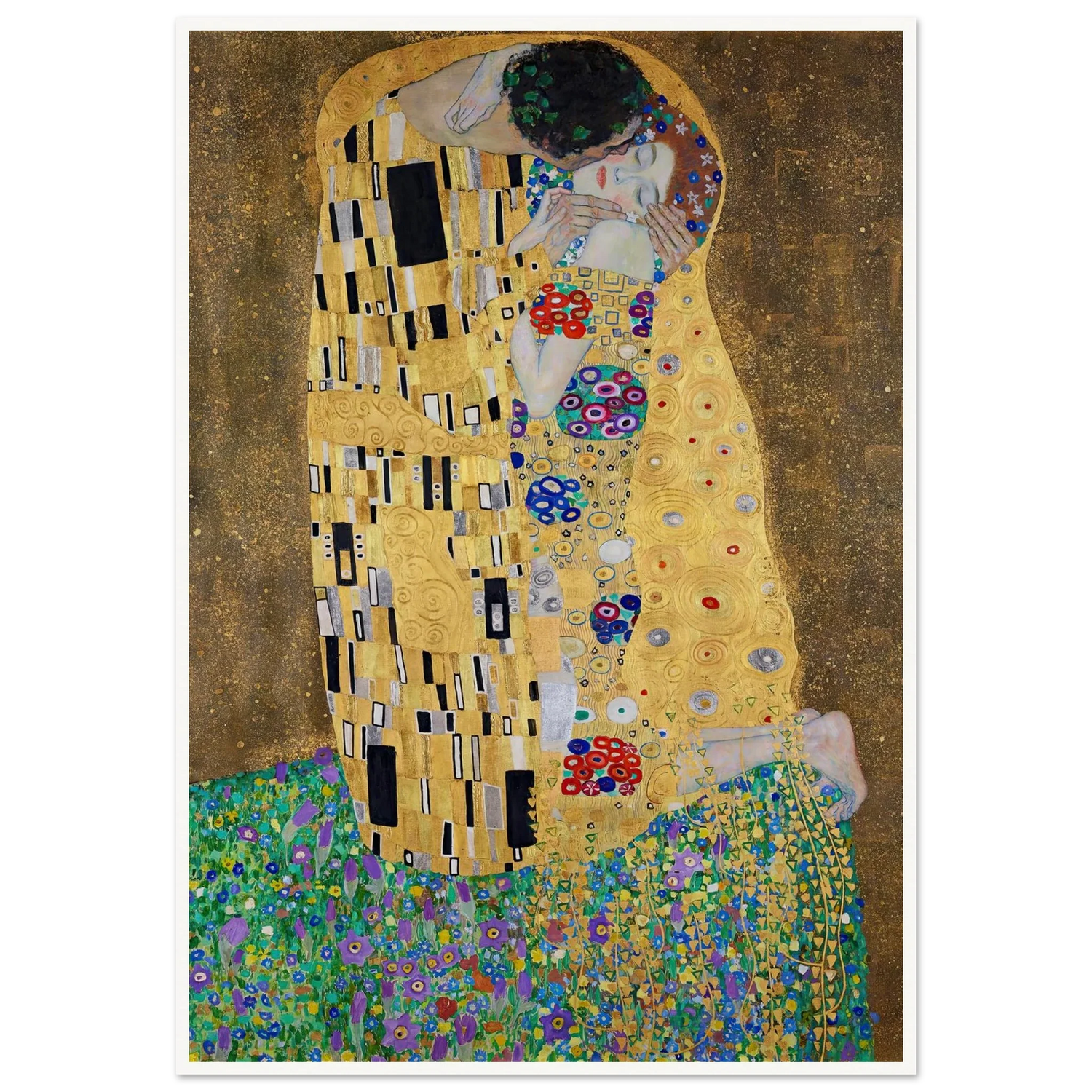The Hidden Turmoil Behind Van Gogh’s Sunflowers
Share
Van Gogh’s Sunflowers series, painted in Arles between 1888 and 1889, is often celebrated as a symbol of cheerfulness. The bright yellows and ochres, the sunlit petals, the thick impasto strokes, all suggest vitality and warmth. But these works are not merely decorative. Beneath the apparent optimism lies a complexity that speaks to turbulence, obsession, and the fragility of life.
In these paintings, Van Gogh does not idealize the flowers. Many of the blossoms are wilting, curling, or drooping. Some have already begun to decay. Yet the brushwork is intense and deliberate, almost aggressive. Each stroke conveys not just form but the force of Van Gogh’s attention, the urgency of a mind working against time and isolation.

The arrangement of the flowers is not casual. They fill the vase with tension, leaning toward or away from each other in an uneasy harmony. The background is often a muted yellow, creating minimal contrast but amplifying the intensity of the petals. There is no serene symmetry here. Van Gogh constructs a visual rhythm that mirrors the oscillation of his inner state.
Light in Sunflowers is also unusual. The flowers appear illuminated from within, yet shadows are present in unexpected places. The interplay of brightness and dimness emphasizes the transient nature of life and beauty. Each flower seems to exist in its own temporal space, some still vibrant, some fading. This is not just observation. It is a meditation on impermanence.
Technically, the thick impasto and bold outlines show Van Gogh’s mastery over paint as a medium of emotion. The flowers are not frozen specimens. They are active, almost breathing. The artist’s hand is visible in every stroke, leaving traces of motion and psychological intensity. The series invites the viewer to linger, to feel the oscillation between life and decay, vitality and fragility.
Van Gogh’s Sunflowers is often misunderstood as simply joyous. It is not. It is a study of the hidden turmoil behind outward beauty, of the fleeting nature of life, and of the intensity with which one can observe even the smallest living forms. The series demonstrates that Van Gogh’s genius lies in making the ordinary extraordinary, and in turning a vase of flowers into a mirror of the human condition.





